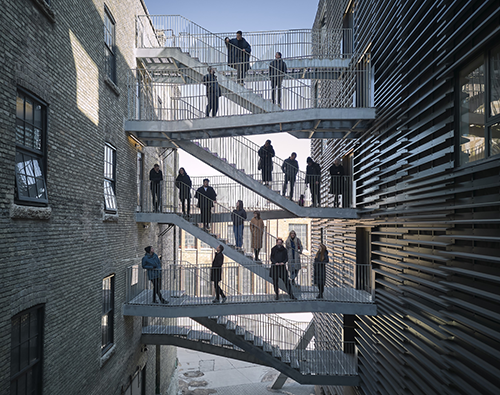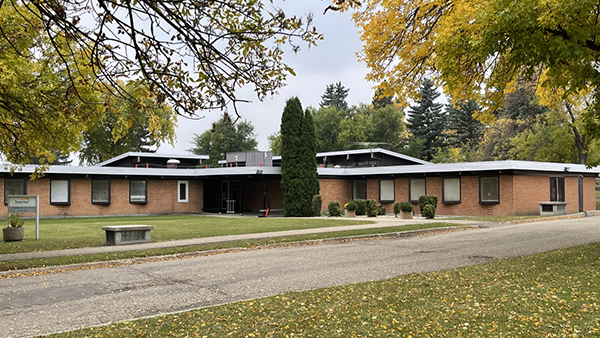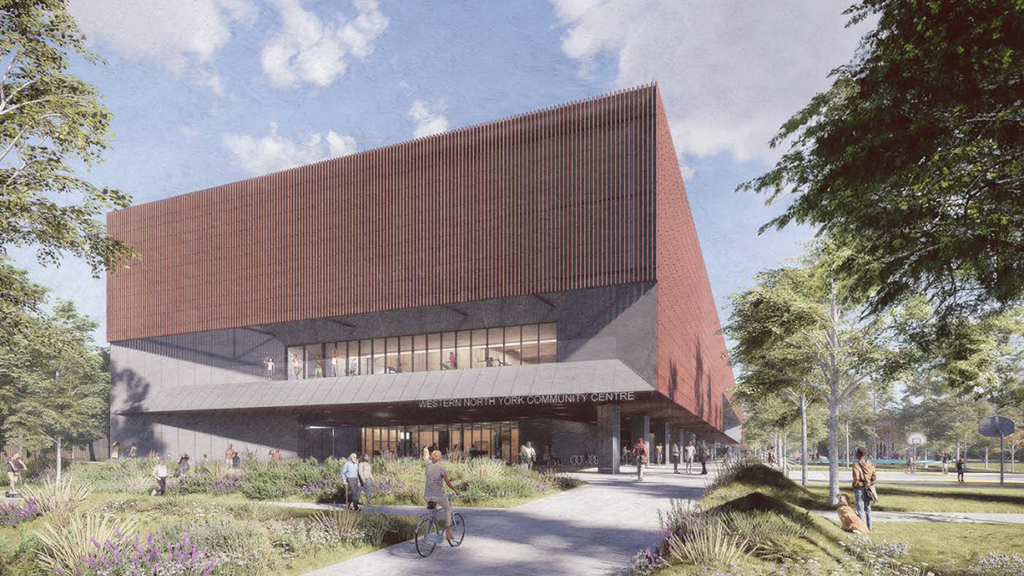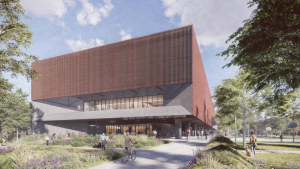OTTAWA ŌĆö This yearŌĆÖs recipients of the Royal Architectural Institute of 17│į╣Ž═°ŌĆÖs (RAIC) awards celebrate the lasting architectural contributions to this country, the individuals who continue to make a difference, groundbreaking projects and initiatives, and an evolving landscape.
The RAIC states the 2025 winners reveal both a daring and thoughtful response to contemporary challenges.
Find out who won:
RAIC Gold Medal: Shirley Blumberg and Marianne McKenna
Established as Kuwabara Payne McKenna Blumberg Architects in 1987, KPMB Architects introduced a studio model that stood out for its ethnic and gender diversity. This diversity continues to be one of the signature strengths of KPMB, reflecting its identity as a Canadian practice, the RAIC notes.
Bruce Kuwabara, Marianne McKenna and Shirley Blumberg are still practicing as founding partners, as the firm has become one of 17│į╣Ž═°ŌĆÖs most internationally recognized architectural practices.
ŌĆ£Together, Marianne McKenna and Shirley Blumberg represent the pinnacle of architectural practice in 17│į╣Ž═°. Their unwavering dedication to innovative design, community engagement, and social equity not only enriches the profession but also serves as a source of inspiration for countless architects and designers,ŌĆØ writes architect Omar Gandhi.
RAIC Research and Innovation in Architecture Award: Single Stair Exit Building Code Reform by LGA-AP
Building codes across the country require two means of egress for all multi-unit residential buildings exceeding two storeys. However, a review of codes across other jurisdictions shows that multiplexes and small apartment buildings can be safely constructed with a single exit stair.
LGA is collaborating with other architects, fire protection engineers and building code experts across 17│į╣Ž═° to demonstrate that small multi-unit residential buildings can be constructed with a single exit stair without compromising the safety standard of codes.
RAIC Research and Innovation in Architecture Award: Western North York Community Centre | advancing net zero emissions standards in public architecture by MJMA Architecture & Design
Commissioned by the City of Toronto in 2017, the Western North York Community Centre (WNYCC) is 17│į╣Ž═°ŌĆÖs first net-zero energy aquatic facility. The facility incorporates several firsts for the city to radically reduce energy demand, making 100 per cent offset from onsite renewable energy and a tight site possible.
The project also introduced new standards for swimming pool construction, including lower-carbon concrete and innovative pool systems. The centre also connects two neighbourhoods experiencing growth five times the cityŌĆÖs average.
ŌĆ£The WNYCC demonstrates how innovative design can unite environmental, social, and operational goals to create resilient public spaces, that will endure into the future,ŌĆØ states the RAIC.
Architectural Practice Award: 5468796 Architecture Inc.
5468796 Architecture is a design studio established in 2007 in Winnipeg, on Treaty 1 territory. It is based on two tenets: that the art of city-building has been lost, along with a diminished focus on creating buildings that define cities. The firm builds cities one project at a time. The work has been peer-recognized by organizations such as the RAIC, 17│į╣Ž═° Council for the Arts, Mies Crown
Americas Prize, Architectural League and the World Architecture Festival.

RAIC Advocate for Architecture Award: Yosef Wosk
Wosk is a scholar and ordained Rabbi with advanced degrees in religion and literature, psychology, education and theology, and is active supporter of public debate and cultural criticism. The
RAIC states he is a passionate and informed advocate for architecture, landscape architecture, and the city and has devoted his life to the well-being of Canadian society.
ŌĆ£A humanist with an uncanny ability to intervene at the right time and in the right place, he has dedicated his knowledge and material resources to the improvement of our landscapes and gardens, cities and buildings at every level of the complex process that shapes our environment,ŌĆØ the award description notes. ŌĆ£Yosef Wosk has served our profession and this country with passion, commitment and distinction, and will continue to do so with undiminished enthusiasm and grace.ŌĆØ
RAIC Architectural Journalism and Media Award: SET PIECES: Architecture for the Performing Arts in Fifteen Fragments by Diamond Schmitt Architects
Set Pieces provides detailed visual explorations of design moments from projects by Diamond Schmitt for some of the worldŌĆÖs most remarkable performing arts buildings. It showcases a study of 15 design elements that enhance and transform the perception of performance and evoke experiences that surpass visual understanding, the RAIC notes.
Prix du XXe si├©cle: These honours celebrate design quality and enduring excellence, recognizing the design of the original architect(s) and/or firm(s) and the ongoing stewardship of the buildingŌĆÖs owner(s).
- Imrie House / 6 Acres, Edmonton AB, 1957; Wallbridge & Imrie Architects
Architects Jean Louise Emberley Wallbridge (1912-1979) and Mary Louise Imrie (1918-1988) realized their Six Acres house and office in Edmonton in 1958. The work remains an important instance of Canadian modernism that aims to engage nature, nurture domestic comfort, and support creative life, the RAIC writes.
- Grand Falls Historic District, Grand Falls, NL, 1909
Grand Falls could possibly be the first garden city created outside the United Kingdom at the beginning of the 20th century. Designed and built by members of the Anglo-Newfoundland Development Co. between 1906 and 1909, the town has a layout inspired by Ebenezer HowardŌĆÖs pioneering theory of 1898, with separate residential, commercial and industrial zones.
Spearheaded by brothers Alfred and Harold Harmsworth, owners of a U.K.-based publishing empire, Grand Falls is an example of how industrial development and emergent planning theories guided the creation of paternalistic Canadian resource towns.
- Yorkton Psychiatric Hospital, Yorkton Sask., 1964, Izumi Arnott and Sugiyama
Kiyoshi IzumiŌĆÖs design for the Yorkton Psychiatric Centre draws on his analysis of a predecessor: the Saskatchewan Hospital at Weyburn. When that psychiatric treatment facility opened in 1921, it was the largest building in the British Commonwealth, the RAIC says. Izumi made extensive analysis of the Saskatchewan HospitalŌĆÖs long, crowded, hard-surfaced corridors. The Yorkton Psychiatric Centre, with its smaller treatment areas, short corridors, and communal areas filled with natural light, can be viewed as the anti-Weyburn.










Recent Comments